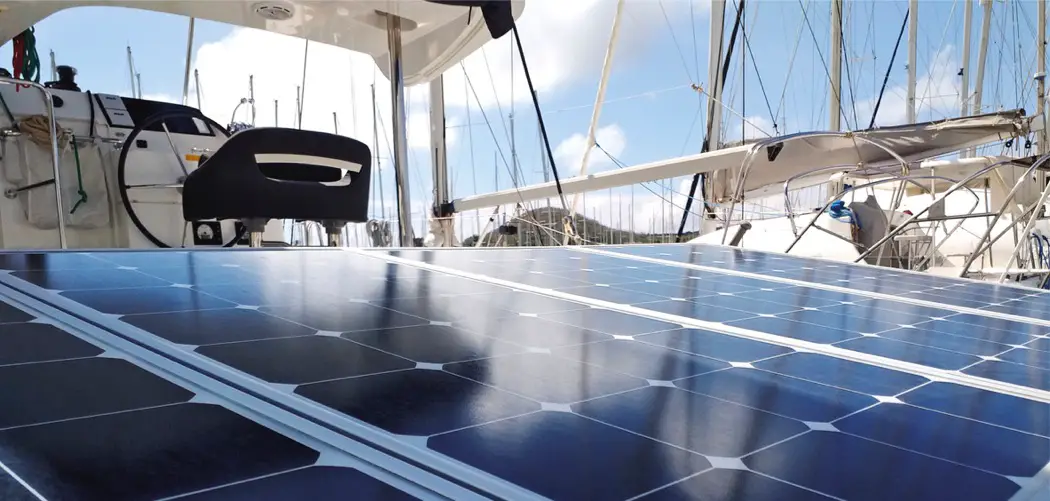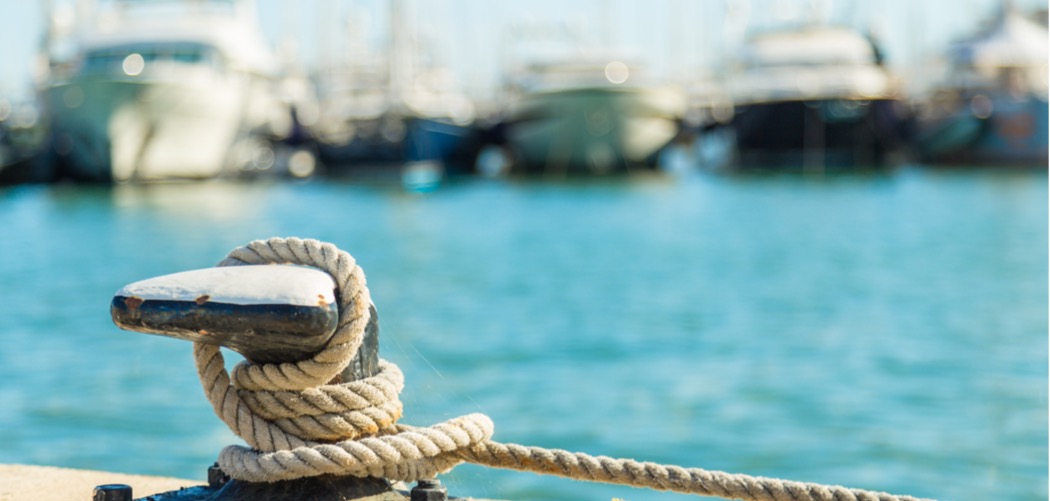Boating accidents cause over $62 million in damage each year.
Docking in a crowded marina when you’re unsure of how to maneuver your boat is quite unsettling. You might feel like everyone’s watching you—and you could be right.
Keep reading for three tips that prevent damage when docking a boat.
Table of Contents
Docking Boat Safety
One of the more challenging tasks for beginning boaters is learning how to dock properly and confidently. When you’re a new boater, those slips look pretty tight. What’s more, there are most likely expensive vessels all around.
Also, part of the joy of boating is the beautiful scenery. When you’re docking, you’re most likely one of the few things moving in the marina. It’s hard not to draw everyone’s attention under these circumstances.
Fortunately, a few tips can help you learn more about the docking process and the best way to prevent damaging a boat. Let’s dive in.
Tip 1: Prepare for Docking
Effective docking skills begin with thorough planning. You should start planning for safety long before you arrive at the marina. You’ll stay prepared for the unexpected by planning ahead.
Attach the bow and stern lines on both sides of your boat. You should break spring lines equal to two-thirds of the boat length on each side.
Alternatively, you may only have boat cleats. In that case, make your bowlines about two-thirds the length of your boat. You should also rig fenders on both sides of your boat.
More Preparatory Steps for Docking A Boat
If you have crew members, assign one crew member to a roving fender. This fender should have a 3-to-4-foot line attached to one end. The crew member will “rove” the deck and cushion any contact points during docking.
Also, extend your boat hook to its maximum length. Rest it on the coach roof, where you can access it if needed.
In addition, make sure to ready the bow and stern for letting go. In other words, you should have light, easy-to-manage anchors you can use to stop your boat. You may need to use them to break your momentum as much as possible in an emergency.
Tip 2: Docking in Slips
There’s more to docking in a slip than tying up your boat. Docking in a slip requires added maneuverability. You must drift carefully into a slip like it’s a parking space.
As you enter the slip, decrease your speed. You should only go just fast enough so you can effectively steer.
Once you’ve reduced your speed, move toward the pier at a 45-degree angle. Keep an eye out as you approach the slip.
As you approach the slip, keep an eye out for when you’re close to one boat length away. When you reach this mark, change gears, and put your boat in neutral.
More Slip Docking Tips
Next, you’ll want to watch for when you’re half a boat length away from the pier. It’s time to reposition your vessel away from the pier.
Shift your boat into neutral again. Now, center your steering wheel as the bow moves away from the dock at a 45-degree approach, then shift into reverse.
Sheer off before the bow contacts the dock. Shift your motor and move forward in a controlled and slow manner.
Now that your boat is in the slip, you can toss your lines around the cleats. Secure your lines to the dock, and you’re all set.
Tip 3: Approach the Dock With Caution
The last thing you want to do when docking is to slam into the dock or another vessel. Approach the dock slowly and carefully. Align yourself for the easiest tie-off.
Occasionally, you’ll bump into the dock, and that’s fine. However, you should never approach the dock faster than you’re comfortable with hitting it.
You’ll minimize any harm done to the bow or the pier by moving slowly. You’ll also keep your passengers safe.
Essential Crew Skills
Whether entering or exiting a harbor, it’s essential to handle your boat skillfully. If you have a crew, have them prepare mooring lines and fenders before docking. This will make it easier for them to tie the boat safely.
Make sure your crew knows to watch for your signal to prepare for berthing when entering the harbor. If you’re under sail, make sure the crew knows to drop and stow the sails and coil the control lines before you start the motor.
Signal the crew to ready the morning and fender lines before approaching a berth. Also, you must give your crew instructions on where to attach the lines and fenders.
A Few Final Tips
Never feel intimidated to ask for help during an emergency due to weather conditions. If you’re in a strong blow, shout out for aid or use your radio before things get out of hand.
Use your boat anchor. Find a sheltered harbor and drop the hook if the wind is too extreme.
You can dock once the winds calm down. It’s equally as vital to know when to drop anchor as it is to know how to dock.




